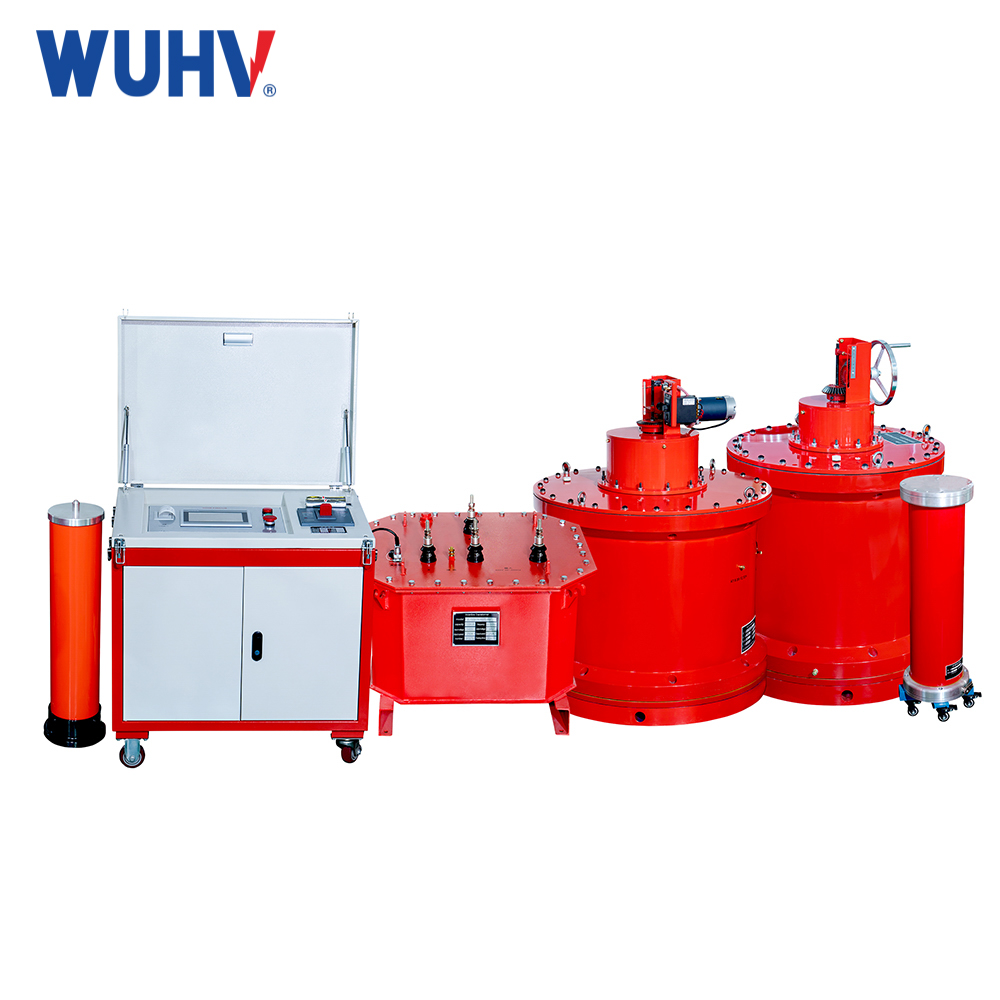A capacitor is a device that contains an electric charge and is one of the electronic components used in a large number of electronic devices. Widely used in circuits such as DC, AC, coupling, bypass, filtering, tuning circuits, energy conversion, and control. The detection of capacitors is mainly divided into three categories: detection of fixed capacitors, detection of electrolytic capacitors, and detection of variable capacitors.
1、 Fixed capacitance detection
1. Detect small capacitors below 10pF. Because the fixed capacitance below 10pF is too small, measuring with a multimeter can only qualitatively check for leakage, internal short circuit, or breakdown. When measuring, a multimeter with R × 10k range can be used, and two probes can be connected to either pin of the capacitor. The resistance value should be infinite. If the measured resistance value (pointer swinging to the right) is zero, it indicates that the capacitor is damaged by leakage or internal breakdown.
2. Check whether the fixed capacitor with 10PF~0.01 μ F is charged and determine its quality. Select R × 1k multimeter. The beta values of both transistors are above 100, and the penetration current can be composed of composite transistors made of silicon transistors such as 3DG6. The red and black probes of the multimeter are respectively connected to the emitter e and collector c of the composite tube. Due to the amplification effect of the composite transistor, the charging and discharging process of the measured capacitor is amplified, which increases the swing amplitude of the multimeter pointer and facilitates observation. It should be noted that during the trial operation process, especially when measuring small capacity capacitors,
3. For fixed capacitors above 0.01 μ F, the R × 10k range of a multimeter can be used to directly test whether the capacitor is charging, whether there is an internal short circuit or leakage, and the amplitude of the pointer swinging to the right can be estimated based on the capacitance of the capacitor.
2、 Detection of electrolytic capacitors
1. Due to the much larger capacity of electrolytic capacitors compared to general fixed capacitors, appropriate measurement ranges should be selected for different capacities during measurement. Based on experience, in general, capacitors between 1 and 47 μ F can be measured using an R × 1k block, while capacitors greater than 47 μ F can be measured using an R × 100 block.
2. Connect the red probe of the multimeter to the negative terminal and the black probe to the positive terminal. At the moment of contact, the multimeter pointer deviates significantly to the right (for the same block, the larger the capacity, the greater the swing), and then gradually turns left until it stops at a certain position. At this point, the resistance is the forward leakage resistance of the electrolytic capacitor, slightly greater than the reverse leakage resistance. Practical experience has shown that the leakage resistance of electrolytic capacitors should generally be above several hundred k Ω, otherwise they cannot function properly. During testing, if there is no charging phenomenon in both directions, i.e. the pointer does not move, it indicates that the capacity has disappeared or the internal circuit is damaged. If the measured resistance value is very small or zero, it indicates that the capacitor has a large leakage or breakdown damage. Cannot be used anymore.
3. For electrolytic capacitors with unclear signs, the above method of measuring leakage resistance can be used for judgment. Measure the leakage resistance arbitrarily, remember its magnitude, and then change the probe to measure a resistance. The highest resistance value in the two measurements is the positive electrode connection, where the black probe is connected to the positive electrode and the red probe is connected to the negative electrode.
4. Use a multimeter to turn off the power and use positive and negative charging methods for the electrolytic capacitor. Based on the amplitude of the pointer swinging to the right, the capacity of the electrolytic capacitor can be estimated.
3、 Detection of Variable Capacitors
1. Gently rotate the shaft with your hand, and it should feel smooth. Sometimes it should not feel loose, tight, or even stuck. When pushing the bearing shaft forward, backward, up, down, left, right and other directions, the shaft should not loosen.
2. Rotate the shaft with one hand and touch the outer edge of the rotor assembly with the other hand. There should be no looseness. Variable capacitors with poor contact between the rotating shaft and moving parts cannot be used anymore.
3. Place the multimeter in the R × 10k block, connect the two probes of the multimeter to the front end of the variable capacitor moving piece and the fixed piece with one hand, and slowly rotate the shaft several times with the other hand It should not move infinitely. During the rotation of the shaft, if the pointer sometimes points to zero, it indicates that there is a short circuit point between the moving plate and the fixed plate; If the multimeter reading is not infinite but shows a certain resistance value at a certain angle, it indicates that the variable capacitor is moving. There is a leakage phenomenon between the sheet and the fixed sheet.



















